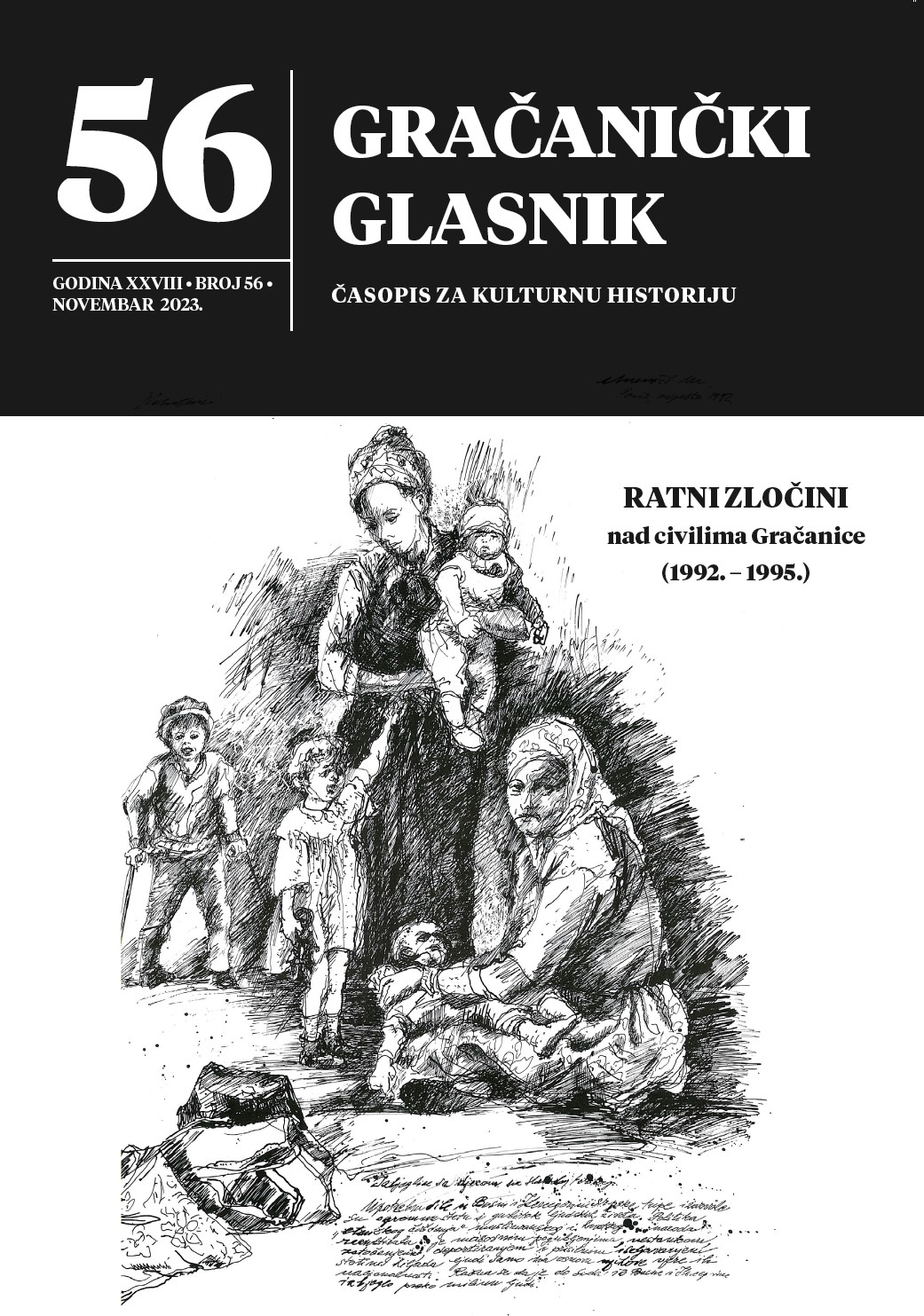Voćni Zemaljski rasadnik u Donjim Hrgovima kod Gradačca za vrijeme austrougarske uprave
The Fruit Orchard in Donji Hrgovi during Austro-Hungarian Rule
Author(s): Ago MujkanovićSubject(s): Agriculture, Economic history, 19th Century
Published by: Izdavačka kuća »Monos« d.o.o
Keywords: Austria-Hungary; Bosnia and Herzegovina; National Government; fruit nursery; state; Donji Hrgov; Gradačac; Gracanica; Brčko;
Summary/Abstract: During the Austro-Hungarian rule, Bosnia and Herzegovina was primarily an agrarian region, with around 90% of the population engaged in agriculture. Economic measures were taken to enhance the productivity of the rural population. The most significant economic measures included the introduction of new and higher-quality agricultural and fruit crops. In line with the goals of Austro-Hungarian agrarian policy in Bosnia and Herzegovina, agricultural stations were established, district auxiliary foundations for farmers, the engagement of traveling agricultural and horticultural teachers, the establishment of larger orchards, bull and stallion stations, and more. In this context, in the village of Donji Hrgovi, which belonged to the district of Gradačac (in the vicinity of Tuzla), in 1906, a state fruit orchard was established at a strategically important location next to the Brčko-Gračanica road.
Journal: Gračanički glasnik - Časopis za kulturnu historiju
- Issue Year: 2023
- Issue No: 56
- Page Range: 137-146
- Page Count: 10
- Language: Bosnian

